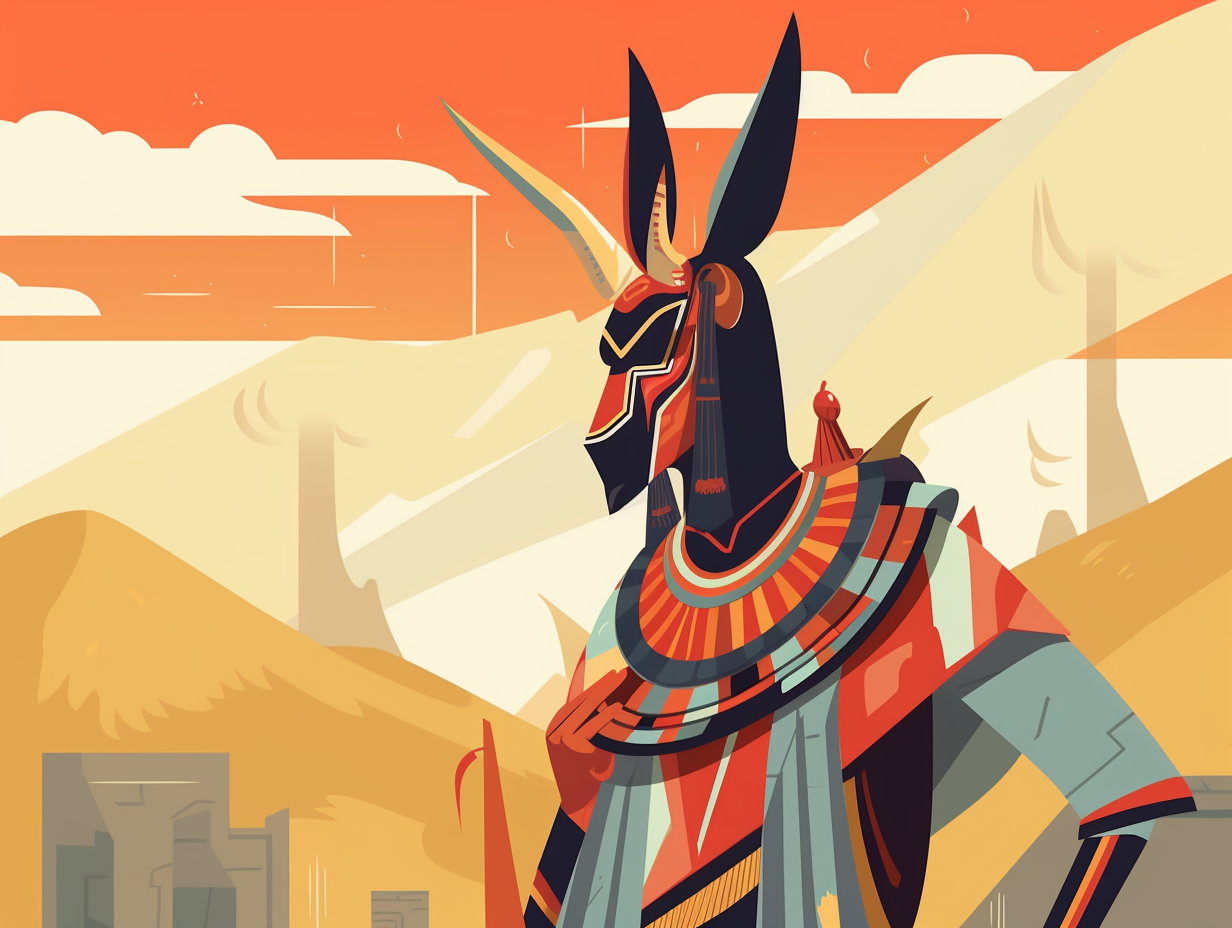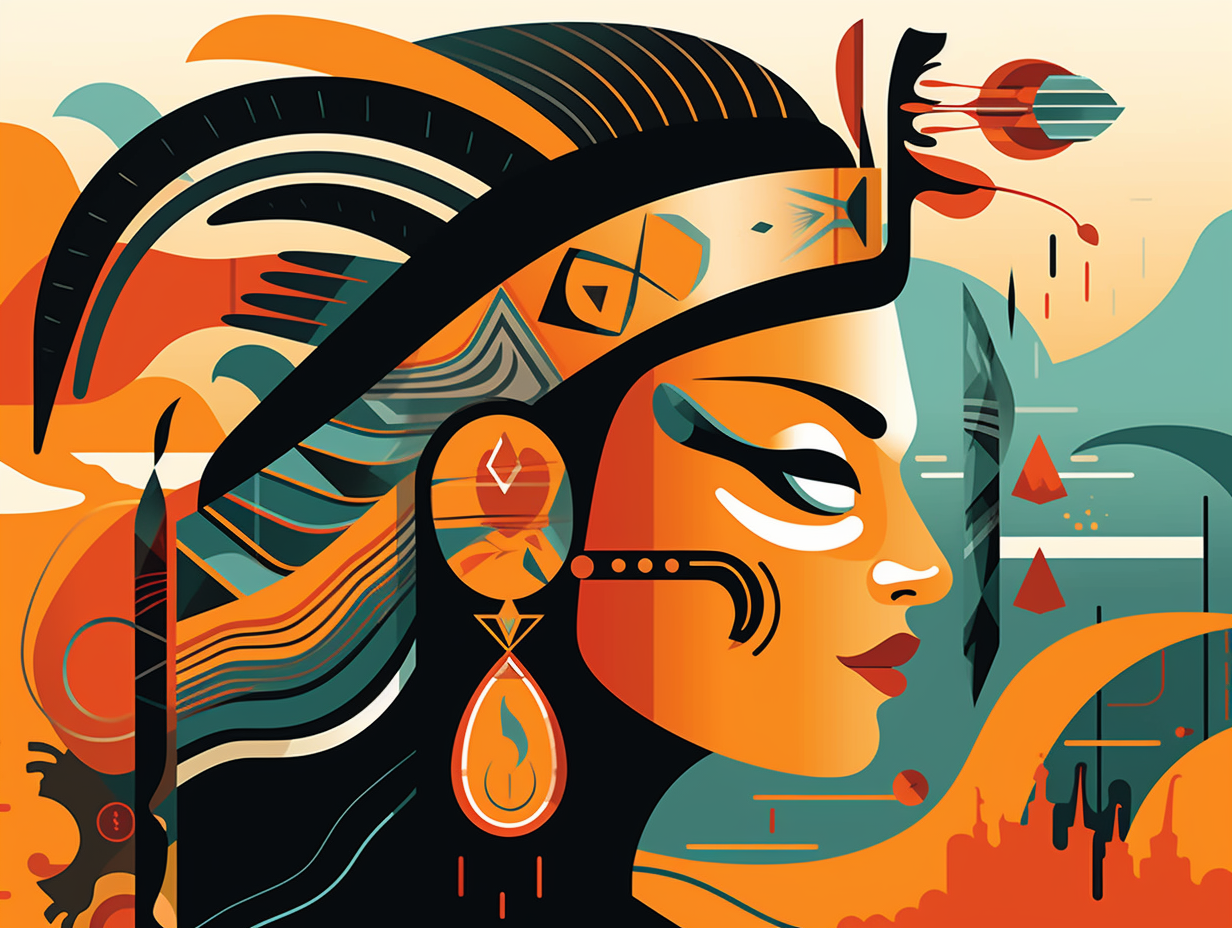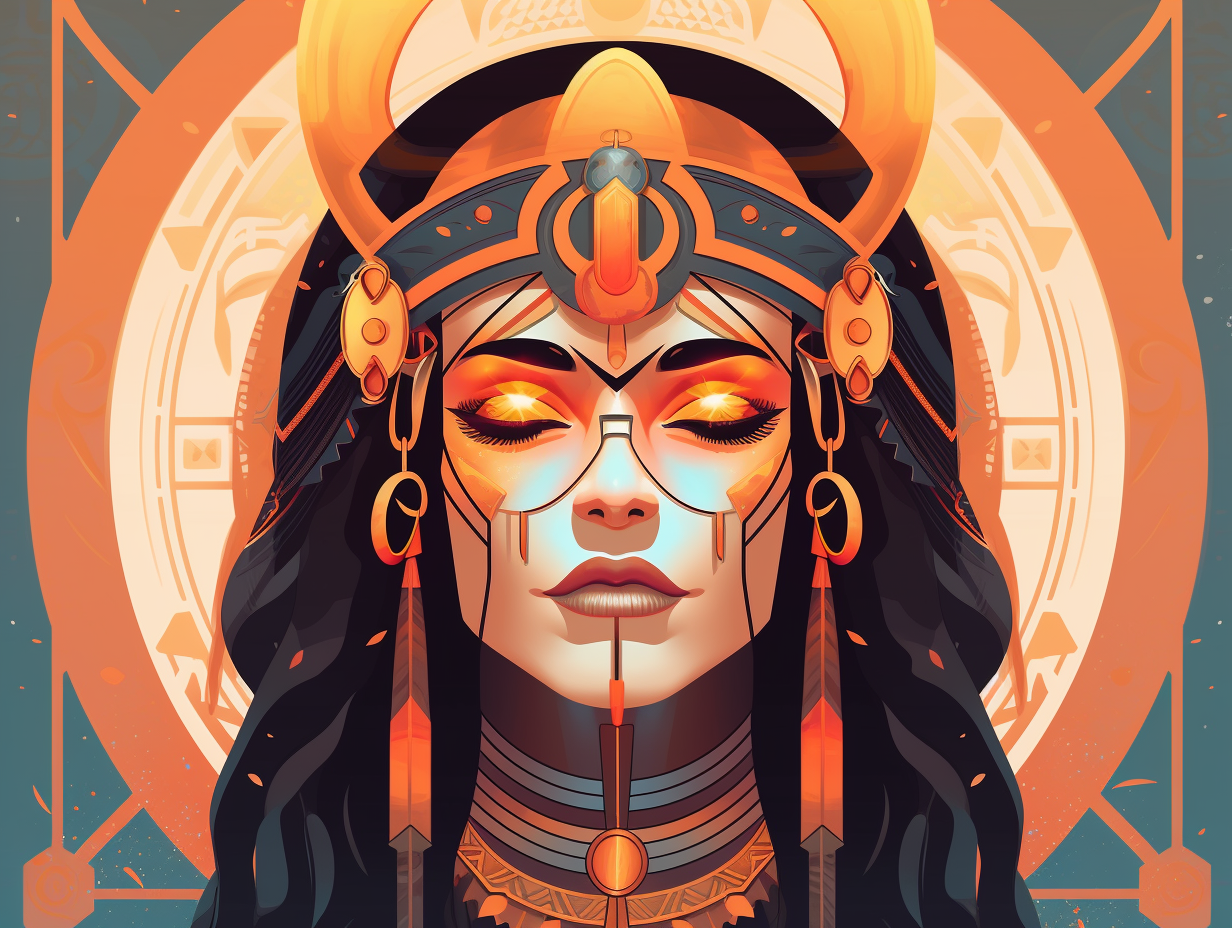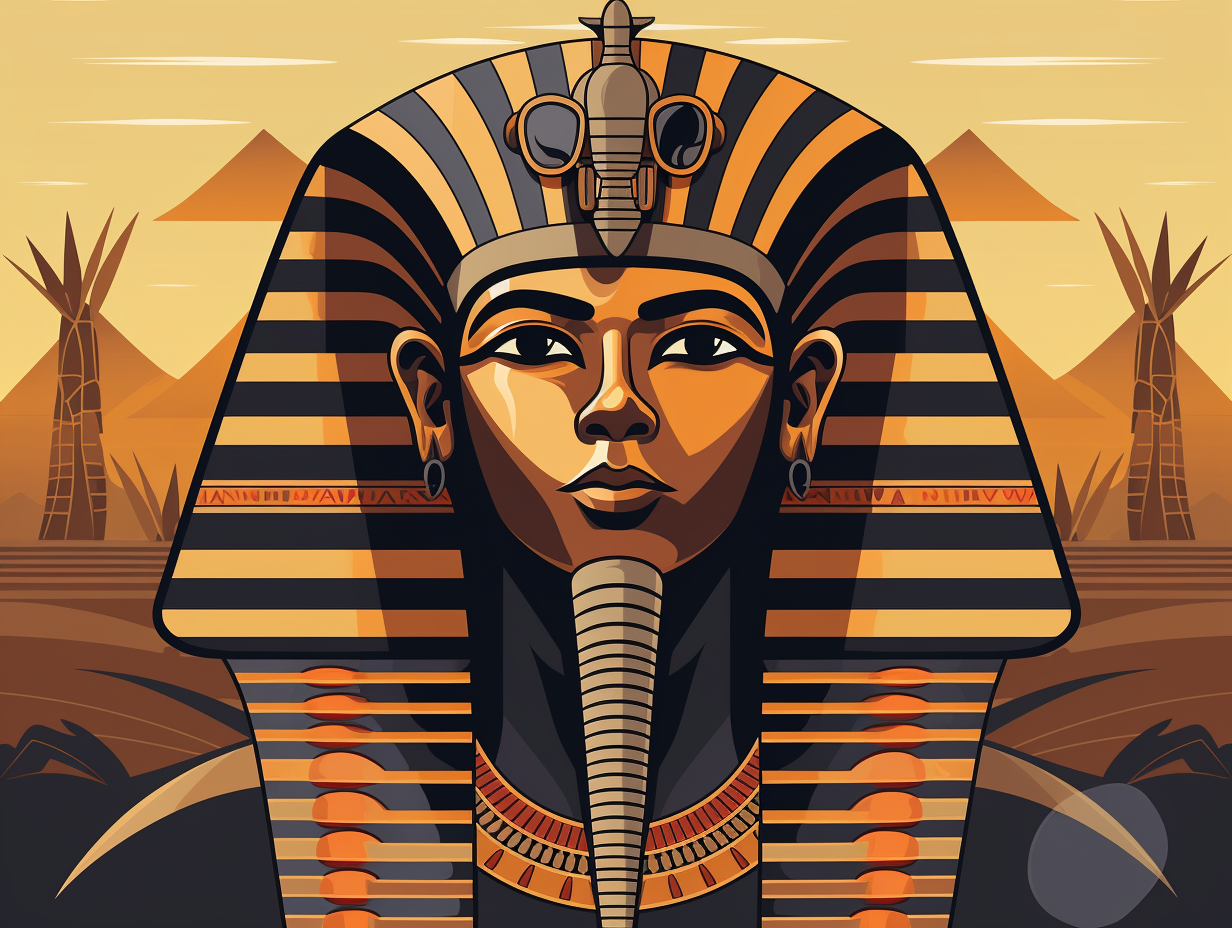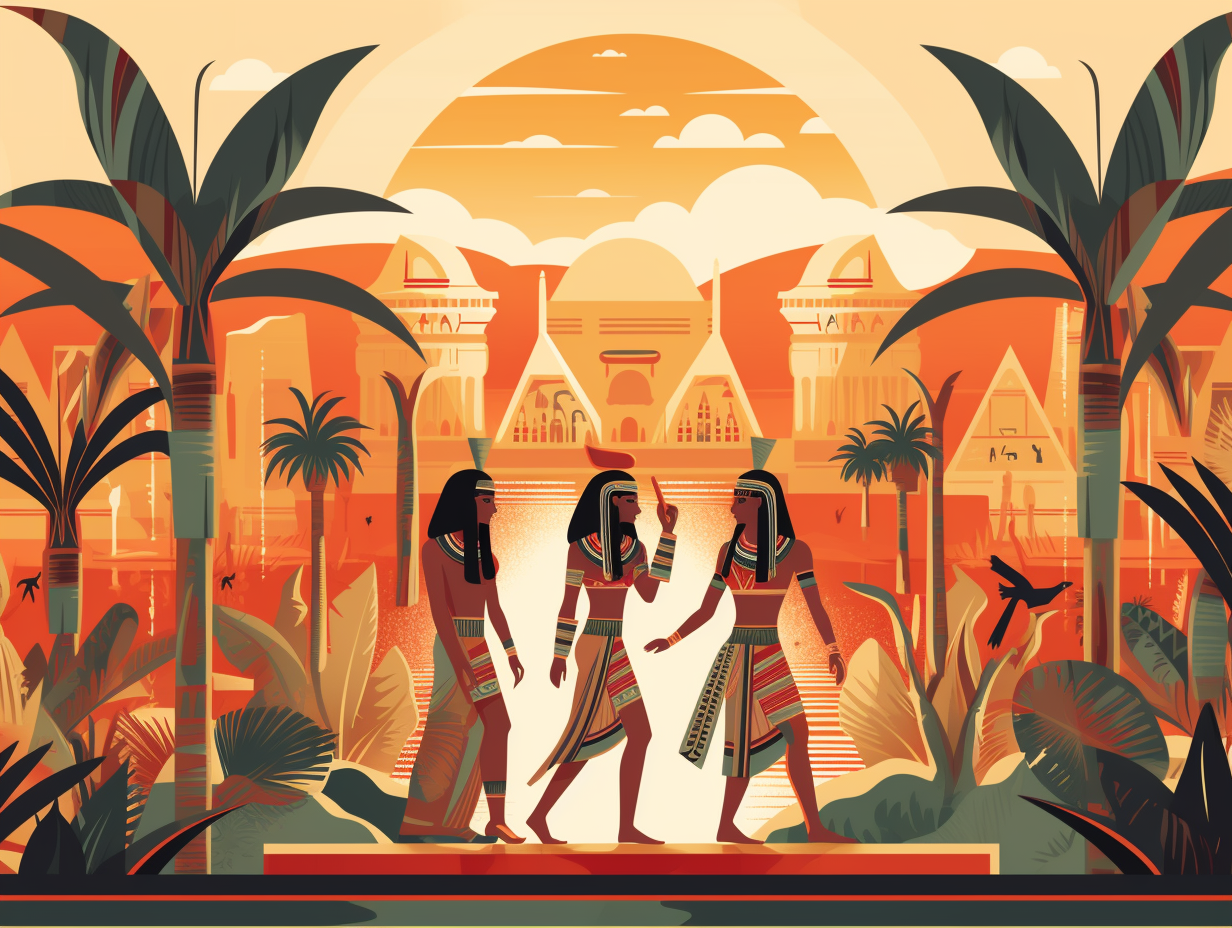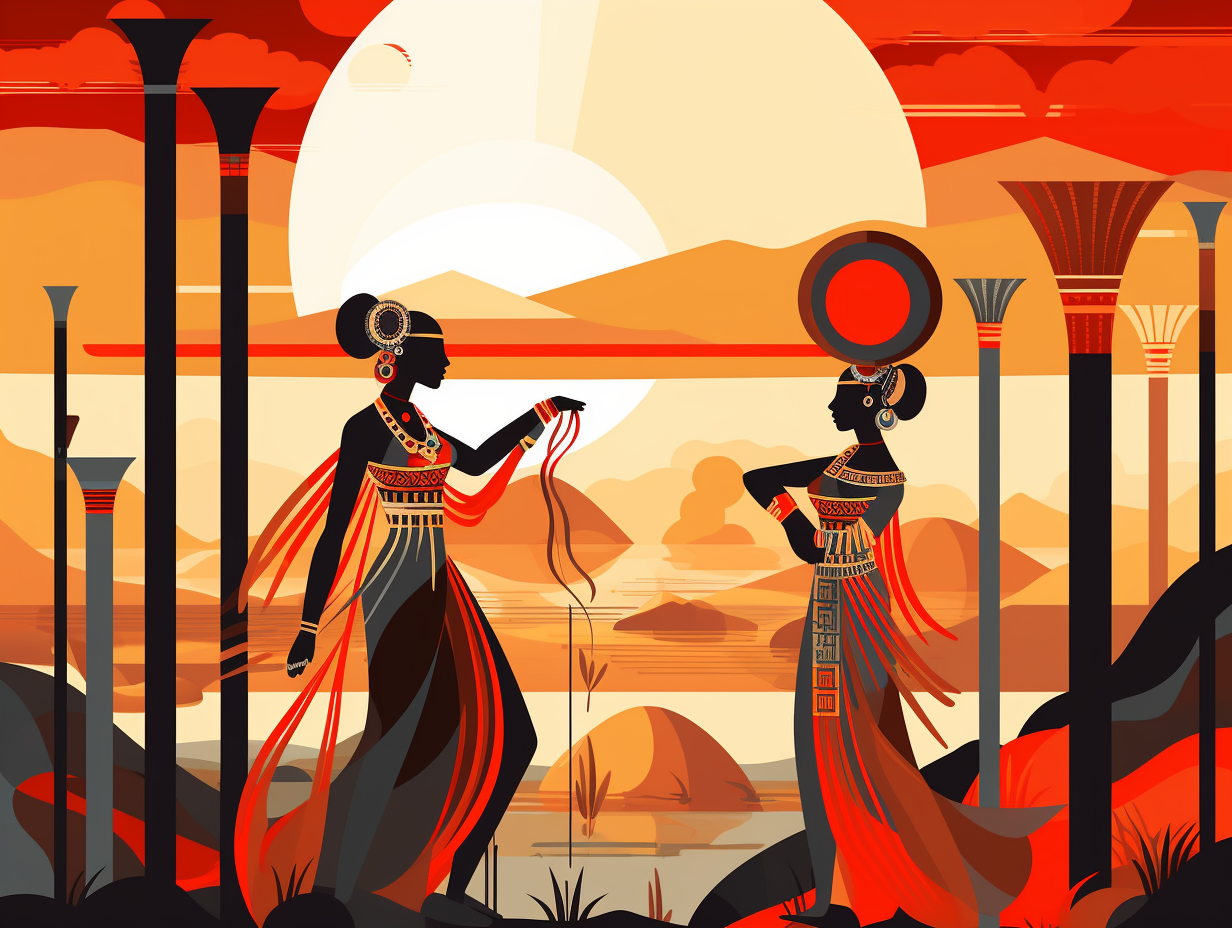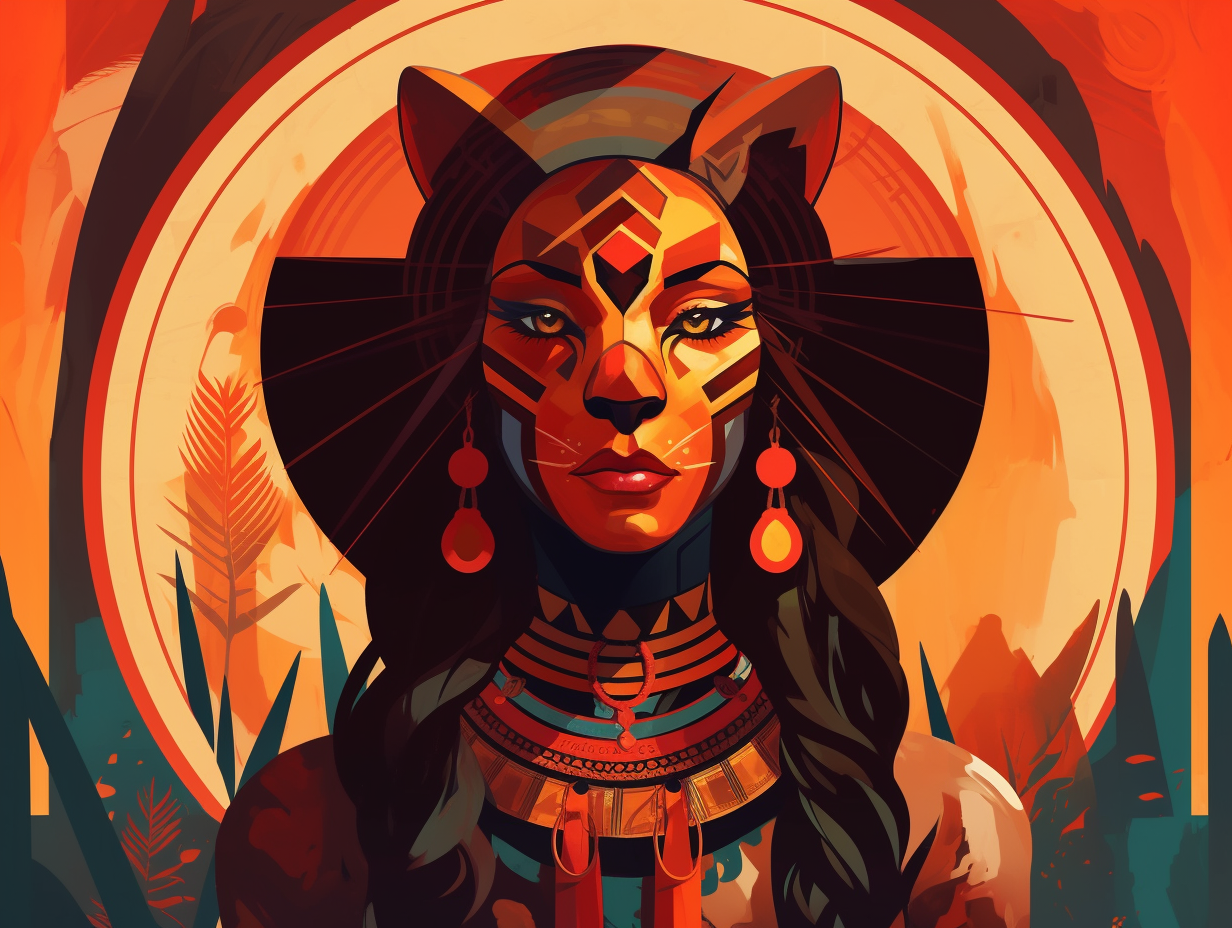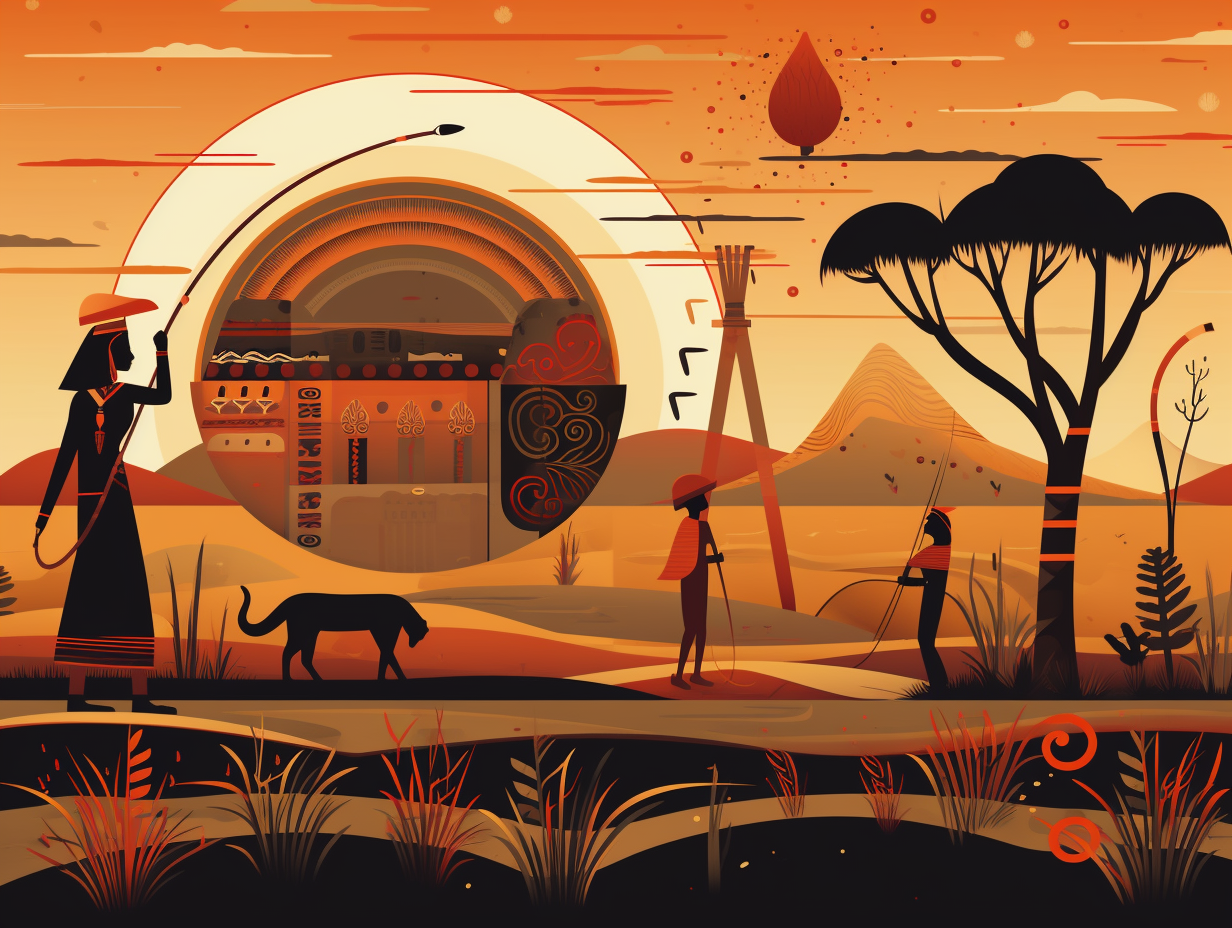Unwrapping Mystery: Top 13 Fun and Fascinating Facts About Mummies You Never Knew!

1. Mummy Medicine
When your cough gets so bad you'd try anything to rid of it, why not sprinkle some ancient Egyptian spice into the mix? Warning: side effects may include a spooky afterlife reunion: In the 16th century, ground-up mummies were used as a medicine called "mumia," believed to treat coughs and epilepsy, with even royals like King Francis I of France and King Charles II of England giving it a go. Alas, the practice faded away in the 18th century, as morally conscious folks realized grave robbing and limited mummy supplies didn't make for sustainable cough relief.
Source => britannica.com
2. Mummy Hide-and-Seek
Playing hide-and-seek with the dearly departed: Ancient Egyptian mummies found outside of their coffins allowed researchers to use CT scans and chemical analysis of embalming residue to identify a female mummy named Nestawedjat and gain valuable insights into ancient mummification methods.
Source => scientificamerican.com
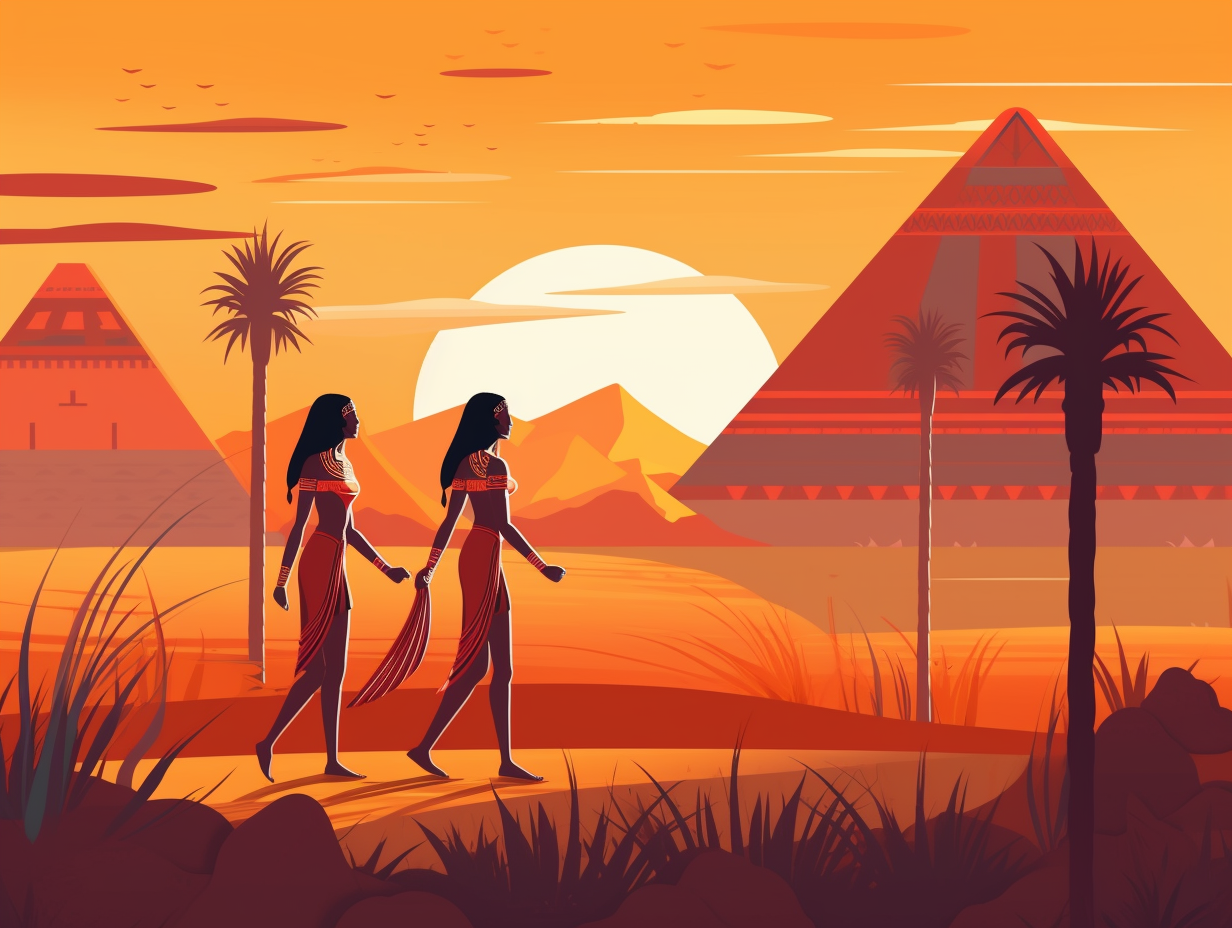
Did you know that the "pharaoh of sunscreen" Franz Greiter invented the sun-defending Glacier Cream in the 1930s, introducing the world to SPF and revolutionizing sun protection? Discover how this invention led to a multi-billion dollar industry! 🌞💡
=> Fun Facts about Egypt
3. Mountain-top Mummy Hairdo
Next time you feel a bad hair day coming on, just think of this mountain-top mummy who died with an epic updo: In 1954, the Plomo Mummy, a well-preserved Incan child, was discovered on Cerro El Plomo near Santiago, Chile at 17,716 feet, in a sitting position hugging his knees, donning over 200 braids held back by a human hair headband, a black sleeveless tunic, a large grey shawl, leather moccasins, and silver jewelry indicative of high status, along with an entourage of grave goods such as a silver female idol and llamas made of gold and red shells.
Source => en.wikipedia.org
4. Ancient Hair Balm
Hair today, gone tomorrow? Not for ancient Egyptian mummies! These fashionable relics were ahead of their time with their secret hair balm serum, ensuring their locks stayed luscious for centuries to come: Researchers at the Kurchatov Institute in Moscow discovered that this timeless hair care product contained beef fat, castor oil, beeswax, pine gum, and optional aromatic pistachio oil, perfectly preserving their curls. However, there's no evidence of manicured nails or trendy hairstyles, as mummies were more focused on having their bodies intact for the afterlife party.
Source => mirror.co.uk
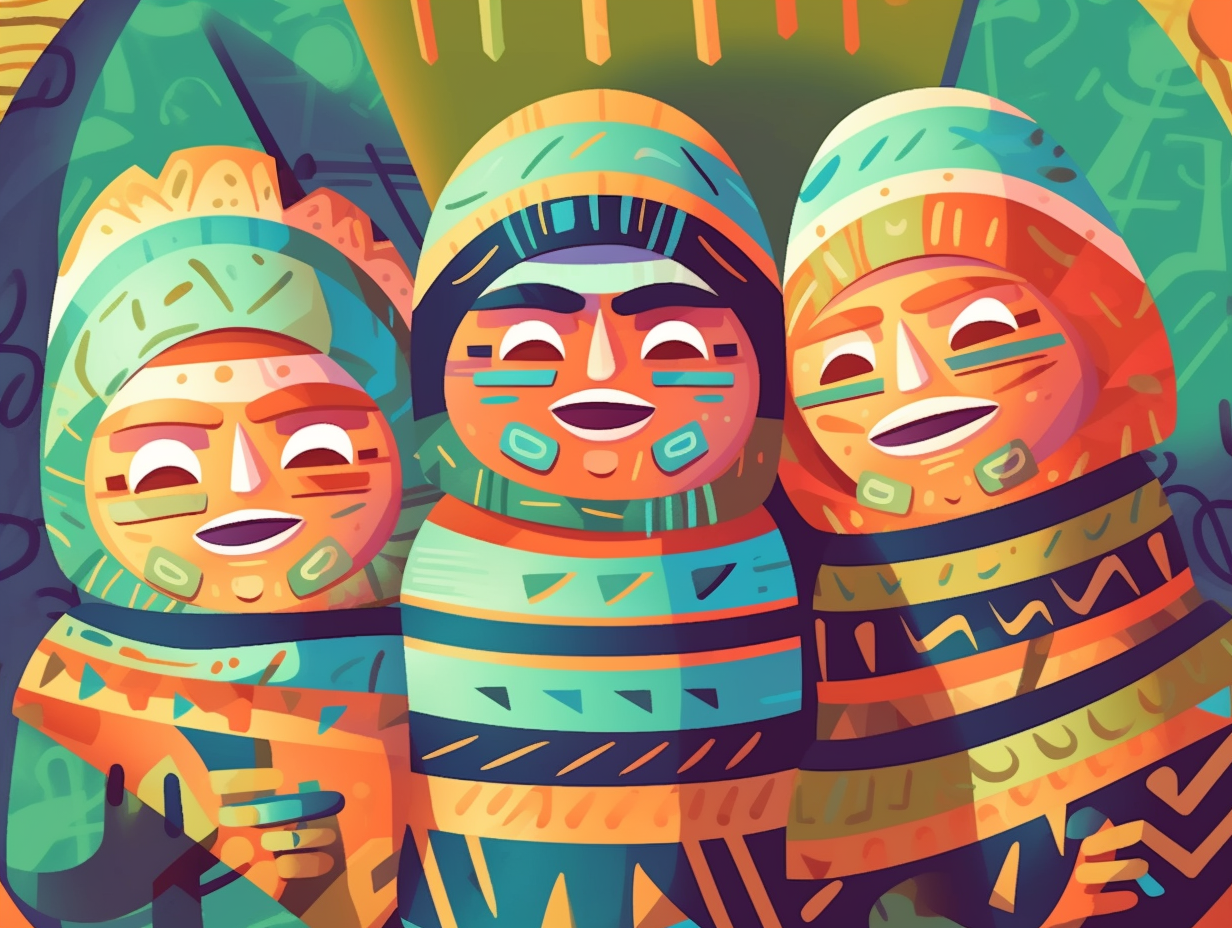
5. Ice Ice Mummy
When the Andean mountains play "Ice Ice Baby," they really mean it: The mummies found on high altitude peaks, like the Llullaillaco Maiden, were preserved thanks to the freezing temps and volcanic ash, rather than intentional freezing, creating a unique recipe for mummy perfection.
Source => penn.museum
6. Mummified Pets
Who let the mummies out? Woof-woof-woof! That's right, even furry friends and slithery sidekicks got all wrapped up in ancient Egyptian cuddl...I mean, mummification: Ancient Egyptians didn't just mummify humans, they also included pets, sacred animals, and votive offerings in their divine gift boxes, requiring entire farms to rear animals specifically for the mummy spa treatment – and don't worry, no cats were literally split in the meowdle for these elaborate presents.
Source => nature.com
7. Weighing the Heart
Hearts aflutter at eternal weigh-ins: In ancient Egyptian beliefs, the goddess Maat's feather served as the benchmark for heart-heavy souls during the "weighing of the heart" ceremony. If a heart tipped the scales, the monstrous Ammit would consume it, denying the deceased access to the afterlife. Although significant, our protagonist thumper wasn't left in the body during mummification – it was jarred up with other organs in a canopic container!
Source => ncbi.nlm.nih.gov
8. Brainless Mummies
Talk about losing your mind in ancient Egypt: during the mummification process, the brain was often removed and tossed away, replaced by resin, linen, or other materials in the cranial cavity, giving researchers a whole new perspective on Egyptian beliefs and practices.
Source => nationalgeographic.com
9. Mummy Powder and Paint
If you think your morning coffee is a miracle cure, just imagine how medieval Europeans felt when they swallowed powdered mummies: That's right, Egyptian mummies were ground into a medicinal powder during medieval times, and later even used as a paint pigment called "mummy brown." But don't worry, despite popular myths, they never became a firewood choice in ancient Egypt, leaving the air free from any embalming-smoke comboromas.
Source => straightdope.com
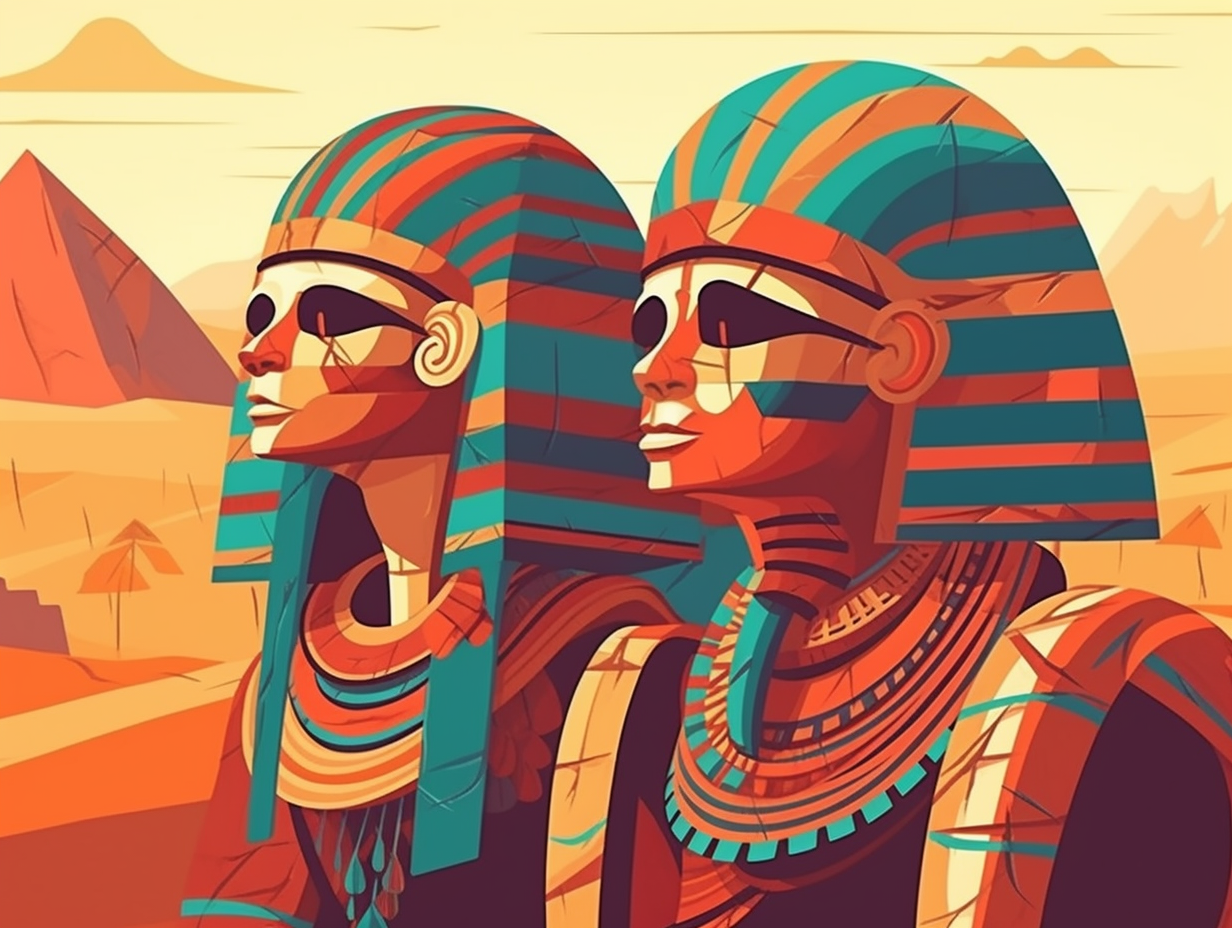
10. Ancient Dental Bridges
Say cheese, ancient Egyptians! Our ancestors were showing off their pearly whites way before modern dentistry gave us billion-dollar smiles: Archaeologists have found ancient Egyptian mummies with dental bridges dating back to 1900 BC, skillfully crafted using artificial teeth secured to neighboring teeth with gold and silver wire.
Source => myaustindds.com
11. Mummy Brown Art
Who needs paint when you've got mummies on your palette? A truly grave-situation for the dearly departed: Mummy Brown, a 16th-century pigment, was made by grinding up Egyptian mummies and used in oil and watercolor artwork for shadows, glazing, and flesh-tones, but faded from popularity due to high costs and scarcity of mummies in the 20th century.
Source => arthistory.fsu.edu
12. Egyptian Spirit Trio
Who needs a two-for-one deal when you can have a spirit three-piece combo, Egyptian style? It's the ultimate afterlife value meal: Egyptians believed in preserving the body through mummification for three distinct components of the spirit, namely ka, ba, and akh. It wasn't just a spooky practice; they understood the ka to dwell in the tomb, the ba to fly around like a free bird (but always going back home), and the vital akh to journey through the Underworld for that Final Judgment rendezvous.
Source => si.edu
13. Mummy Unwrapping Parties
Unwrap-tainly outrageous: Did you know that Victorian partygoers of the 19th century had an eerie penchant for leisurely unwrapping mummies like a creepy cross between a birthday present and a very dead burrito? Seriously: This odd social pastime – known as mummy unwrapping parties – was both an entertaining spectacle and a bizarrely intellectual pursuit, with attendees critiquing the corpse's skin and hair condition. Thanks to mummy enthusiast and English surgeon Thomas Pettigrew, these macabre festivities lasted until x-rays came along and saved ancient Egypt's finest linens from becoming post-mortem party tricks.
Source => ripleys.com
Related Fun Facts


